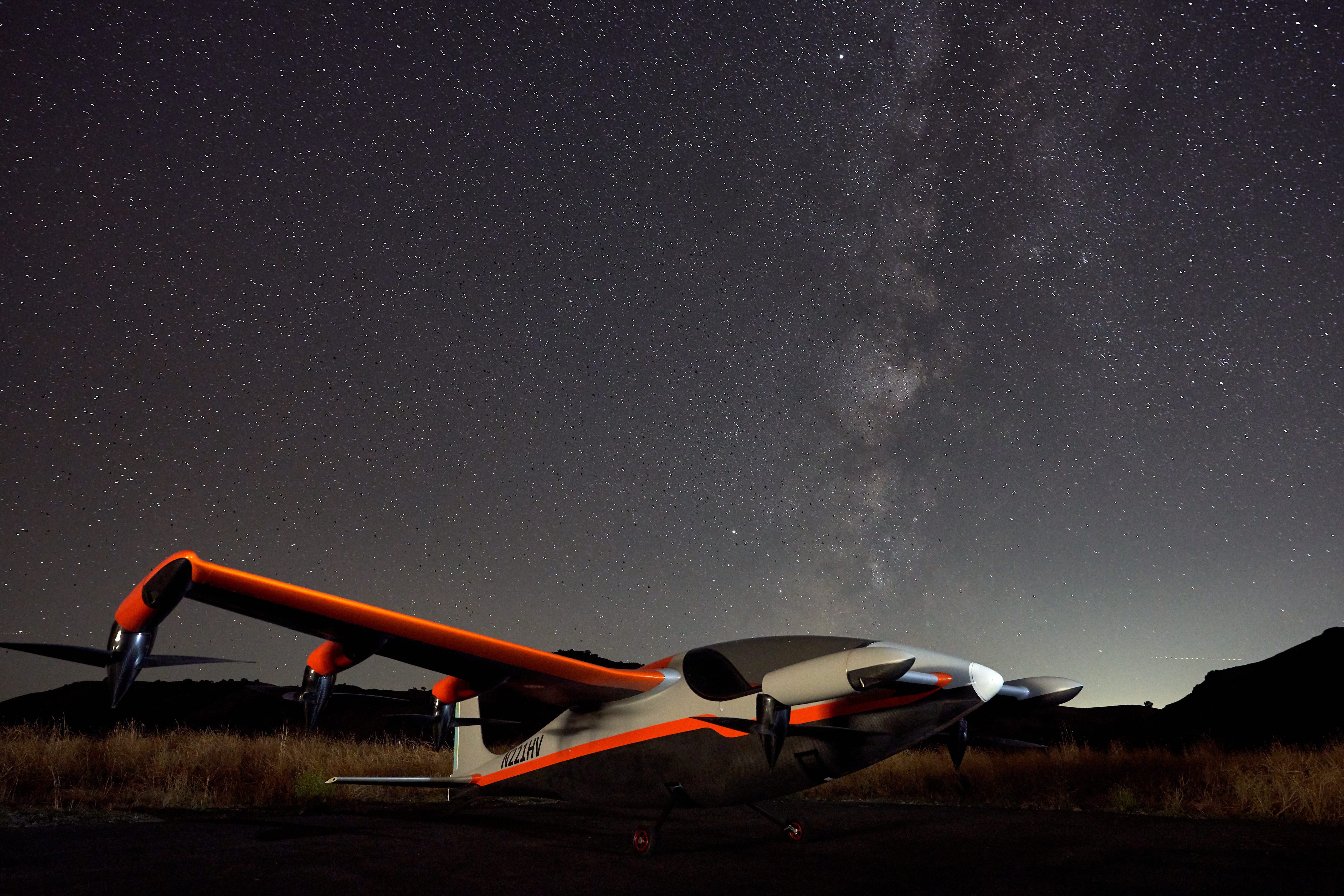Business
We’ll have self-flying cars before self-driving cars, Thrun says

Once you get up high enough, you don’t have to worry about a lot of the obstacles like pedestrians and traffic jams that plague autonomous cars. That’s why Sebastian Thrun, Google’s self-driving team founder turned CEO of flying vehicle startup Kitty Hawk, said on stage at TechCrunch Disrupt SF today that we should expect true autonomy to succeed in the air before the road.
“I believe we’re going to be done with self-flying vehicles before we’re done with self-driving cars” Thrun told TechCrunch reporter Kirsten Korosec.
Why? “If you go a bit higher in the air then all the difficulties with not hitting stuff like children and bicycles and cars and so on just vanishes . . . Go above the buildings, go above the trees, like go where the helicopters are!” Thrun explained, but noted personal helicopters are so noisy they’re being banned in some places like Napa, California.
That proclamation has wide reaching implications for how cities are planned and real estate is bought. We may need more vertical takeoff helipads sooner than we needed autonomous car-only road lanes. More remote homes in the forest that have only a single winding road that reaches them like those in Big Sur, California might suddenly become more accessible and thereby appealing to the affluent since they could just take a self-flying car to the city or office.
The concept could also have wide-reaching implications for the startup industry. Obviously Thrun’s own company Kitty Hawk would benefit from not being too early to market. Kitty Hawk announced its Heaviside vehicle today that’s designed to be ultra quiet. If the prophecy comes true, Uber which is investing in vertical take-off vehicles could also be in a better position than Lyft and other ride-hailing player focused on cars.
To make sure its vehicles don’t get banned and potentially pave the way for more aerial autonomy, Kitty Hawk recently recruited former FAA Administrator Mike Huerta as an advisor.
Eventually, Thrun says that because cars have to navigate indirect streets but in the air “we can go in a straight line, we believe we will be roughly a third of the energy cost per mile is Tesla.” And with shared UberPool style flights, he sees the cost of energy getting down to just “$0.30 per mile”.
But in the meantime, Thrun is trying to get people, including me, to stop saying flying cars. “I personally don’t like the word ‘flying car’, but it’s very catchy. The technical term is called eVTOL. These are typically electrically propelled vehicles, they can take off and land vertically, eVTOLs, vertical takeoff landing, so that you don’t need an airport. And then they fly very much like a regular plane.” We’ll see if that mouthful catches on, and if the skies get more congested before the roads thin out.

-

 Entertainment7 days ago
Entertainment7 days agoEarth’s mini moon could be a chunk of the big moon, scientists say
-

 Entertainment7 days ago
Entertainment7 days agoThe space station is leaking. Why it hasn’t imperiled the mission.
-

 Entertainment6 days ago
Entertainment6 days ago‘Dune: Prophecy’ review: The Bene Gesserit shine in this sci-fi showstopper
-

 Entertainment5 days ago
Entertainment5 days agoBlack Friday 2024: The greatest early deals in Australia – live now
-

 Entertainment4 days ago
Entertainment4 days agoHow to watch ‘Smile 2’ at home: When is it streaming?
-

 Entertainment3 days ago
Entertainment3 days ago‘Wicked’ review: Ariana Grande and Cynthia Erivo aspire to movie musical magic
-

 Entertainment3 days ago
Entertainment3 days agoA24 is selling chocolate now. But what would their films actually taste like?
-

 Entertainment3 days ago
Entertainment3 days agoNew teen video-viewing guidelines: What you should know
















